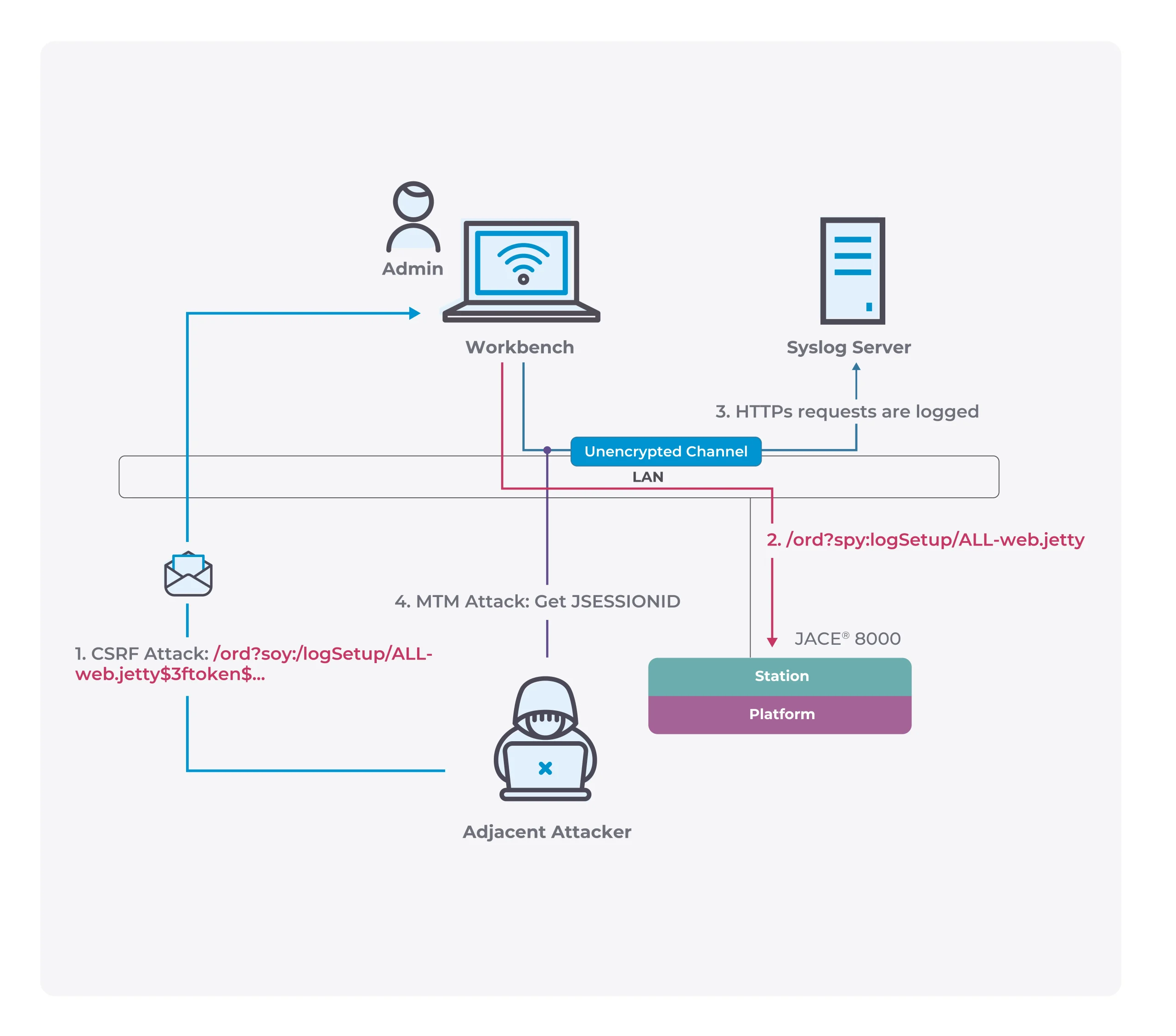The impact of the coronavirus epidemic on global Internet traffic
From the perspective of flow changes, the most “beneficiary” industries in the coronavirus epidemic include news, food, e-commerce, games and education, and the most “victimized” industries are sports, adults, travel, and automobiles.
According to the latest Imperva Cyber Threat Index report, compared with the weekly average traffic counted on January 19, 2020, industries that have seen an increase in global Internet network visits from March 1 to March 22, 2020, include:
- News (+64%)
- Food and beverages (+34%)
- Retail (+28%)
- Gaming (+28%)
- Law and government (+17%)
- Education (+17%)
From March 1 to March 22, 2020, industries that experienced a drop in network traffic include:
- Sports (-46%)
- Travel (-41%)
- Automotive (-35%)
- Financial services (-7%)
- Healthcare (-3%)
The report shows that as the United States launched the primary election of the presidential election, attacks on the government and legal departments have surged, and the impact of the COVID-19 on industry traffic changes and attack trends has also appeared. The main findings from February 1 to February 29, 2020 include:
- First sign of shift in web usage as COVID-19 spreads globally. During the month of February, Imperva began monitoring how and if the cross-border spread of COVID-19 started to affect traffic and attack trends across multiple industries and countries. Traffic changes were detected in the News (+10%), Travel (-5%) and Finance (-5%) industries, however there were no major changes in the amount of attacks per industry and country.
- The United States and New Zealand both experienced spikes in attacks on government and law sectors. Within the United States, there was a 10% increase in the average number of attacks per site in these sectors, as Democratic primary election picked up. The top three countries of origin outside of the United States were Russia (22%), Ukraine (12%) and China (9%), and 99% of attacks overall were carried out by bots. Additionally, New Zealand experienced an 800% spike in attacks on Feb. 17 and 18.
- Web attacks originating from cloud platforms saw a 27% decline for the second month in a row. While attackers are still using cloud platforms to disseminate attacks, there was a 20% increase in attacks originating from web hosting services.
- India is the country with the highest number of spam attacks. Comment spam attacks in India are twice as popular than those in other frequently spammed countries, including Canada, Spain, the United Kingdom and the United States.
The Imperva Cyber Threat Index report shows that the epidemic situation and the global cybersecurity situation during the US presidential election are changing rapidly. Some of these threats are expected, especially attacks on government and legal departments.
The report points out that government websites will become an important target for malicious actors, so organizations must act immediately to prevent cyberattacks.





